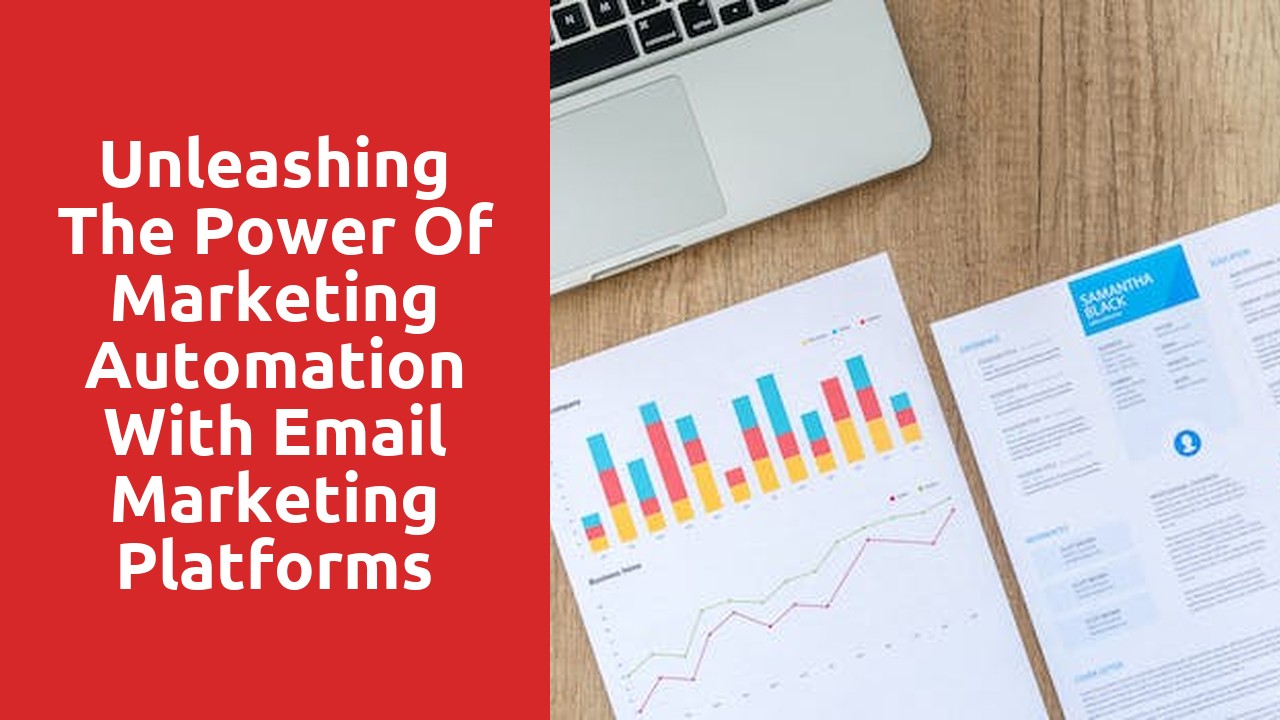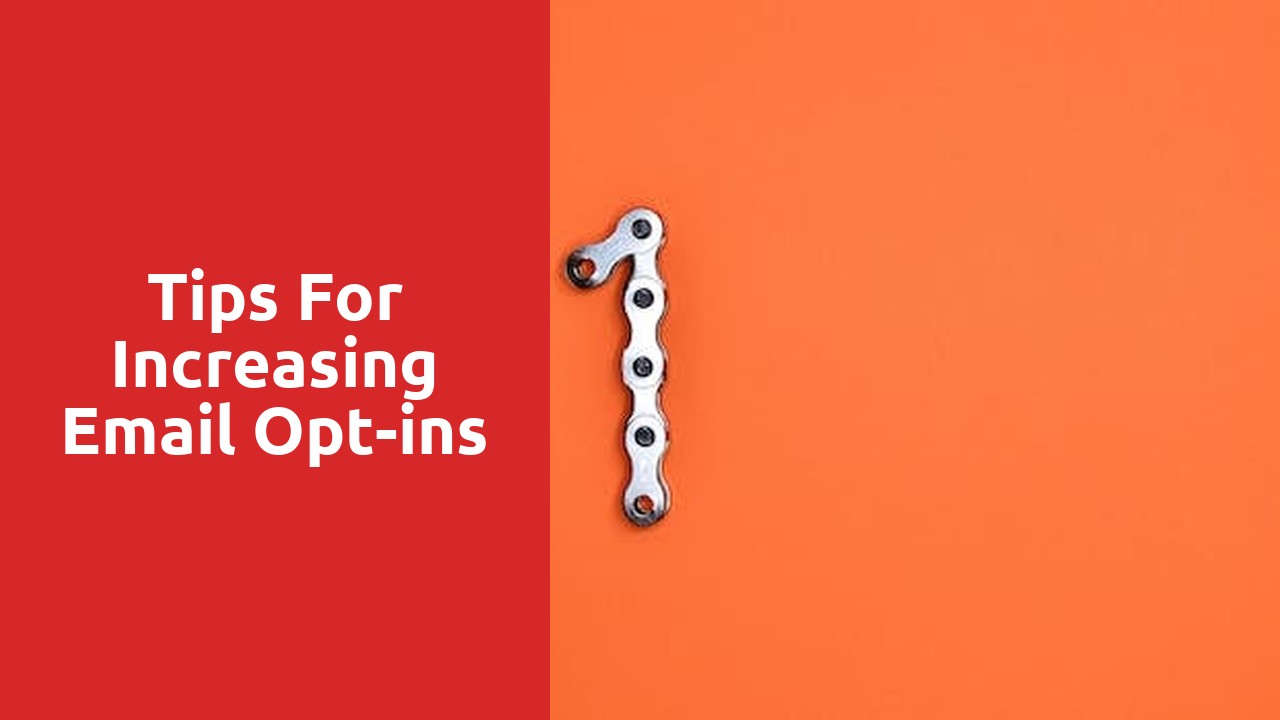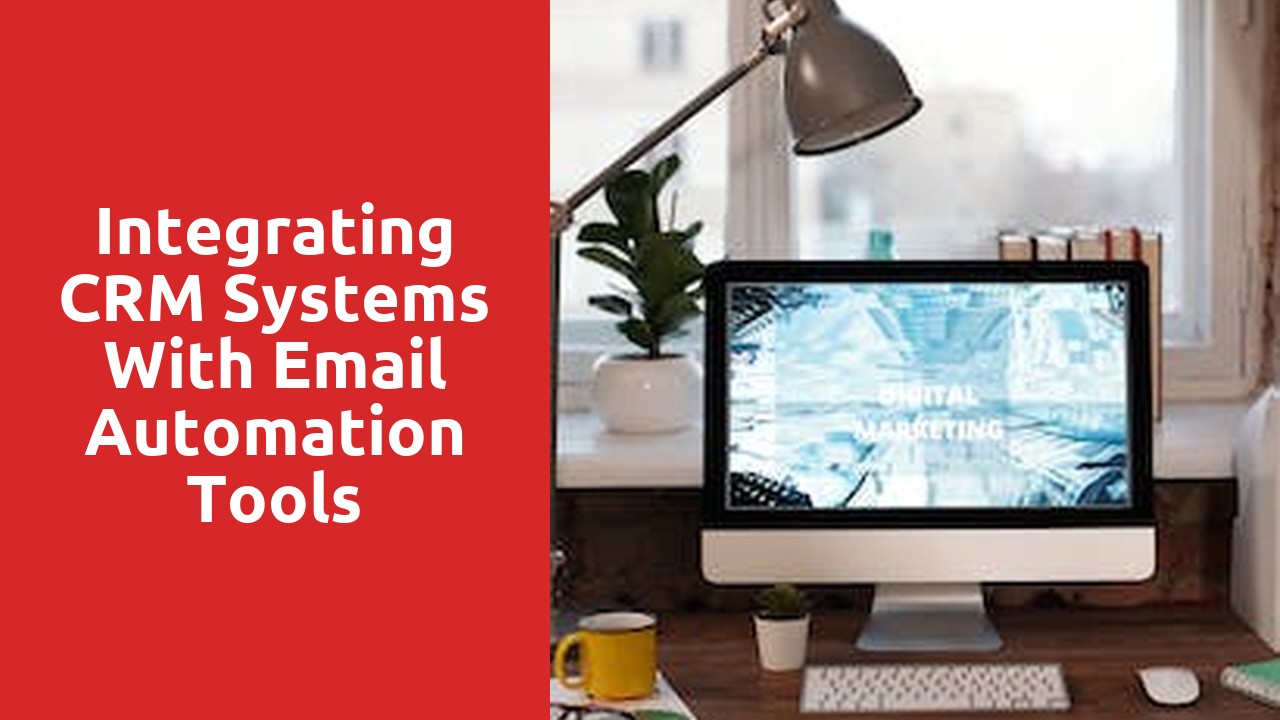The Benefits of Targeted Communication
In today’s fast-paced world, effective communication has become crucial for businesses to stay ahead of the competition. One highly effective method of communication that businesses are utilizing is targeted communication. By tailoring their message to specific audiences, businesses can ensure that their message resonates with the right people, increasing the chances of success.
The benefits of targeted communication are numerous. Firstly, it allows businesses to reach their desired audience with precision. Instead of casting a wide net and hoping to capture the attention of potential customers, targeted communication enables businesses to focus their efforts on specific demographics or interest groups. This not only saves time and resources but also increases the likelihood of reaching individuals who are more likely to engage with the message and take desired actions. Additionally, targeted communication allows for personalization, which can help strengthen the connection between businesses and their audience, fostering loyalty and trust.
Maximizing Open Rates with Relevant Content
To increase open rates and engage your audience, it is crucial to deliver relevant content that resonates with your readers. When recipients receive an email that addresses their specific interests or needs, they are more likely to open it and engage with the content. Understanding your target audience and tailoring your message accordingly can significantly improve your email open rates.
One effective strategy for maximizing open rates is to conduct thorough research and collect data about your subscribers. By analyzing their preferences, behaviors, and past interactions with your emails, you can gain valuable insights into what content will interest them the most. This data-driven approach allows you to create personalized and relevant emails that speak directly to your audience. Segmenting your email list based on demographics, location, or past purchases can further enhance the relevance of your content. Remember, the more targeted your message, the higher the chances of attracting the attention of your subscribers.
Understanding Your Subscribers’ Preferences
Section:
When it comes to understanding your subscribers’ preferences, there are a few key factors to keep in mind. Firstly, it is crucial to gather and analyze data on their previous interactions with your content. This means tracking their engagement levels, such as open rates, click-through rates, and conversions. By carefully studying these metrics, you can gain insights into the type of content that resonates most with your subscribers and tailor your future communications to be more aligned with their interests. Additionally, surveys and feedback forms can be invaluable tools for understanding your audience. By directly asking your subscribers about their preferences, you can gain a deeper understanding of their needs and expectations, allowing you to customize your content accordingly. Remember, your subscribers are the foundation of your email marketing success, so taking the time to understand their preferences is of utmost importance.
Secondly, personalization is key in catering to your subscribers’ preferences. Each subscriber is unique, with their own tastes and interests. Utilizing segmentation tools allows you to group your subscribers based on factors like demographics, purchase history, or engagement patterns. By creating targeted email campaigns tailored to specific segments, you can deliver content that is relevant and meaningful to each group of subscribers. Whether it’s personalized recommendations, exclusive offers, or industry insights, personalizing your emails shows your subscribers that you value their individual preferences and are dedicated to providing them with valuable content. Implementing a personalization strategy not only helps increase engagement but also strengthens the bond between you and your subscribers—a win-win situation for both parties involved.
Increasing Click-Through Rates with Personalization
In the rapidly evolving world of online marketing, click-through rates have become a crucial metric for measuring the success of digital campaigns. To stand out in the crowd and capture the attention of users, personalization has emerged as a powerful tool. By tailoring content and messaging to individual users based on their preferences, interests, and behavior, marketers can significantly boost click-through rates.
Personalization allows brands to create a more relevant and engaging experience for their target audience. Instead of bombarding users with generic messages, personalization enables marketers to deliver tailored content that resonates with users on a deeper level. Whether it’s personalized product recommendations, customized email newsletters, or targeted ads, this approach creates a sense of exclusivity and makes users feel valued, leading to higher click-through rates. Additionally, by leveraging user data and analytics, marketers can gain insights into user behavior and preferences, allowing them to refine their personalization strategies and continuously improve their click-through rates.
Enhancing Customer Satisfaction through Segmentation
In today’s competitive marketplace, understanding and satisfying customer needs and preferences is crucial for businesses striving to stay ahead of the game. One effective strategy that companies can employ to enhance customer satisfaction is segmentation. By dividing their target market into distinct segments based on various characteristics, businesses can tailor their products, services, and marketing efforts to better meet the specific needs and desires of each segment.
Segmentation allows businesses to gain a deeper understanding of their customers by categorizing them into groups that share similar traits, such as demographics, behavior, or psychographics. By doing so, companies can identify the unique preferences, motivations, and purchasing behaviors of each segment, enabling them to develop targeted marketing campaigns and personalized experiences. Rather than adopting a one-size-fits-all approach, segmentation empowers businesses to deliver tailored solutions and experiences that resonate with individual customer segments, ultimately leading to increased customer satisfaction.
Improving Conversion Rates with Tailored Offers
To increase conversion rates and drive more sales, it is crucial for businesses to provide tailored offers to their customers. By personalizing the offers based on their preferences and behaviors, companies can effectively catch their attention and compel them to make a purchase. This kind of approach goes beyond generic marketing tactics and speaks directly to the individual needs and desires of the target audience.
One way to implement tailored offers is through the use of data analysis. By utilizing customer data, businesses can gain valuable insights into each customer’s preferences, purchase history, and browsing behavior. This information can then be used to create personalized offers that are highly relevant to the individual. Whether it is suggesting similar products or offering exclusive discounts on their favorite items, tailoring the offers based on past behavior can have a significant impact on conversion rates.














